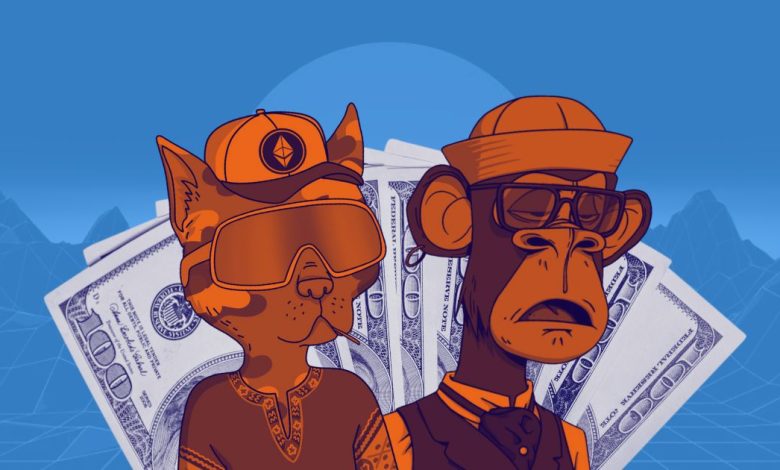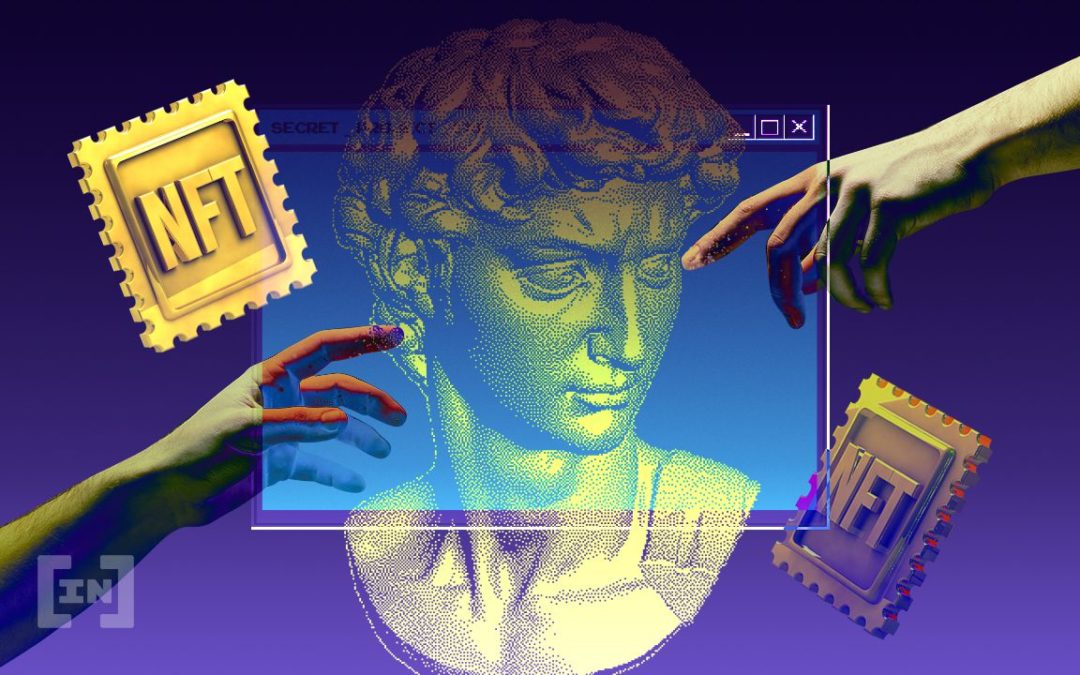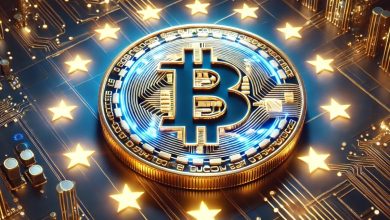NFT: Redefining Digital Ownership

NFTs: Redefining Digital Ownership
NFT, or Non-Fungible Tokens, are changing how we think about digital assets. They allow people to buy, sell, and trade digital items uniquely. Whether it’s digital art, music, or collectibles, NFTs have redefined ownership in the digital space. But what exactly are NFTs, and why are they so popular? Here’s a look into the world of NFTs, their uses, and what the future might hold.
What Are NFTs?
NFTs represent unique digital items. Unlike cryptocurrencies, each NFT is distinct. They’re non-fungible, meaning each token has its own value and identity. This uniqueness is why NFTs can’t be replaced like-for-like with another item.
Built on blockchain technology, NFTs ensure secure ownership and clear transaction history. When someone buys an NFT, they get a unique certificate stored on the blockchain. This digital ownership is transparent and secure, making NFTs valuable in various industries.
How NFTs Work
NFTs operate through smart contracts on blockchain networks, usually on Ethereum. Smart contracts automatically enforce the terms set by the creator, like royalty payments on each resale.
Creating an NFT is called “minting.” During minting, a digital asset becomes a token on the blockchain. Once minted, it’s available for purchase on NFT marketplaces such as OpenSea and Rarible. Buyers can trade, sell, or keep these NFTs as digital assets.

Key Uses of NFTs
NFTs first gained popularity in digital art, but they are branching out into many other fields. Here are the main sectors where NFTs are having a major impact:
Digital Art
NFTs have reshaped digital art by giving artists a way to sell unique works directly to buyers. Without intermediaries, artists retain more control and profit. High-profile sales, like Beeple’s digital artwork auctioned for $69 million, have shown the massive potential of NFT art.
Music and Entertainment
Musicians and entertainers now release songs, albums, or exclusive content as NFTs. This lets fans own rare digital assets while supporting their favorite artists. Artist Grimes, for example, sold NFT art and music, making over $6 million. NFTs also allow artists to offer special perks, like backstage passes.
Gaming
NFTs are transforming gaming. Players can buy and own in-game items, such as weapons, skins, or virtual land. Games like Axie Infinity and Decentraland use NFTs for these unique assets, creating a real economy within the game.
Virtual Real Estate
NFTs are also popular in virtual real estate, where people buy, sell, and develop digital land. Platforms like Decentraland allow users to own plots of land as NFTs. Buyers can develop their land, host events, or rent it to others. This trend is part of the growing interest in the Metaverse.
Collectibles
Collectors are drawn to NFTs as well, especially for items like sports memorabilia and trading cards. NBA Top Shot, an NFT marketplace for basketball highlights, has sold millions in digital moments. Similarly, other sports teams and celebrities offer limited-edition NFT collectibles for fans.
Why Are NFTs Popular?
NFTs bring several benefits, making them highly appealing:
- Digital Ownership: NFTs give people a way to own digital assets.
- Empowerment for Creators: Artists and musicians monetize their work directly, without traditional platforms taking cuts.
- Community and Exclusivity: Many NFTs come with exclusive content, creating tight communities around them.
- Investment Potential: Rare NFTs can increase in value, attracting collectors and investors.
- The Metaverse Connection: NFTs play a big role in the Metaverse, where people buy digital goods, real estate, and experiences.

Challenges Facing NFTs
Despite their appeal, NFTs come with challenges:
Environmental Concerns
NFTs rely on energy-intensive blockchain networks, leading to concerns about their environmental impact. Ethereum’s “proof of work” model requires significant energy. However, Ethereum’s planned shift to “proof of stake” could lower its energy use.
Volatility and Speculation
NFT prices are unpredictable. Many NFTs are bought as investments, but prices can drop quickly. This speculation makes NFTs risky for some buyers.
Ownership Issues
NFTs don’t always grant copyright or usage rights. The buyer may own the NFT, but the creator retains the original rights, leading to misunderstandings.
Accessibility
The concept of NFTs can be confusing, limiting their accessibility. Understanding digital ownership and blockchain technology requires some technical knowledge.
The Future of NFTs
NFTs are rapidly evolving. Their applications extend beyond collectibles and art. As blockchain technology advances, NFTs may help industries secure ownership records and transfer assets seamlessly. For example, NFTs could be used for ticketing, brand engagement, and intellectual property.
The NFT market is still new, and it has room to grow. Although challenges exist, NFTs have already opened doors for creators, collectors, and businesses. With more people exploring NFTs, this technology may soon be a foundational part of how we interact with digital content and own assets.
NFTs are more than a trend; they represent a shift in digital ownership. As technology matures, NFTs might reshape how we value and interact with digital assets. Whether they become a long-term asset class or a specialized niche, NFTs have proven they are here to stay.




